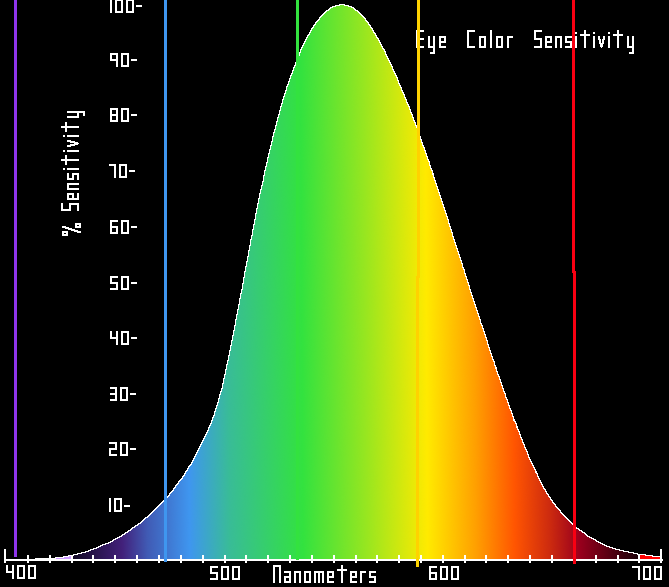YELLOW - and according to EN471...
There are regulations for high visibility clothing used by people that work on highways. Their employers have a duty of care to make sure they are in the correct HV wear. In the UK the standard is BS EN471 and this applies pretty much the same across the whole EU.
3M - the people that pioneered high visibility clothing - have a summary guide.
Of note in the guide is the reflective bands and their placement. For a tabard they go something like this:
http://solutions.3m.co.uk/wps/portal/3M/en_GB/Scotch-Lite/Home/RegInfo/LocalHiVisRegs/

I believe it is best to stick to the standards deemed appropriate by the experts on this matter. That means buying a tabard for less than a fiver from some place that sells work wear. That does not mean spending £30 to get some cyclist version of the high-visibility wear that does not pay attention to the EN471 standard.
Let's stick to conventions
Another really good reason to wear that greeny-yellow is that it is a convention. Motorists recognise cyclists as cyclists when wearing that particular colour. With flourescent pink they have to think about it, with orange they wonder if that is a dustman.
10% of us males are red/green colourblind!
Orange was the original high visibility colour for railways in the UK. To get a job as a train driver you have to be able to see properly. Therefore orange worked very well, sticking to the convention of using orange as a hazard colour (with red as stop and green as go).
There is no colour blindness test in the driving test. With one in ten males not able to discern red and green properly the yellow-green colour trumps the orange that is nearer red.
Here is a study that goes into this in more depth:
http://www.dartmouth.edu/~sullivan/bike/colorbv.html
And a couple of handy diagrams. This one has tarmac grey and 'ambient foliage' with a spectrum of bright colours:

Here is what the average colour blind person sees:

The practicalities of dirt
Personally I wear orange on some days (my orange top has sleeves that are useful in the winter cold) and yellow on other days (it has no sleeves). The observation I have made with the orange jacket is that it gets dimmer with dirt whereas dirt tends to contrast on the yellow-green top. This is true for diesel particulate dirt as well as random patches of oil etc. The EN471 spec does have a few words about keeping high visibility garments clean for them to work, this seems more crucial with the orange colour. This is only anecdotal.




